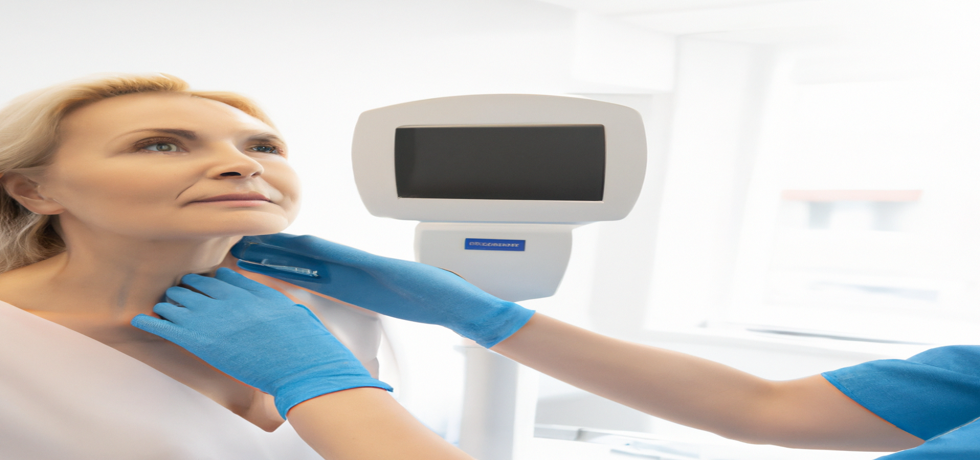Revitalize Your Skin: Dermatologic Solutions Revealed Introduction to Skincare Revival Are you looking to give your skin a fresh lease on life? The quest for radiant, revitalized skin is a common one, and it often involves exploring various dermatologic solutions. In this blog post, we will delve into the numerous options available, ranging from established …
Continue reading “Revitalize Your Skin: Dermatologic Solutions Revealed”











